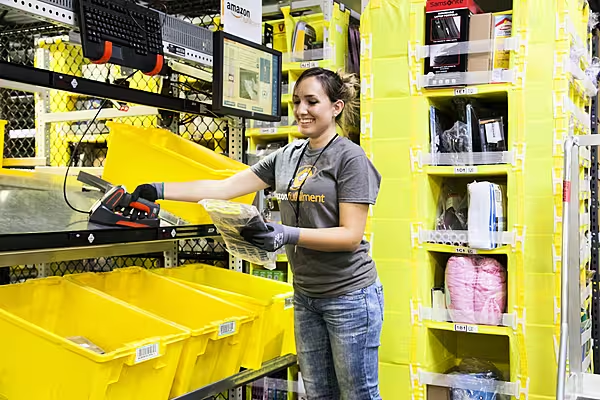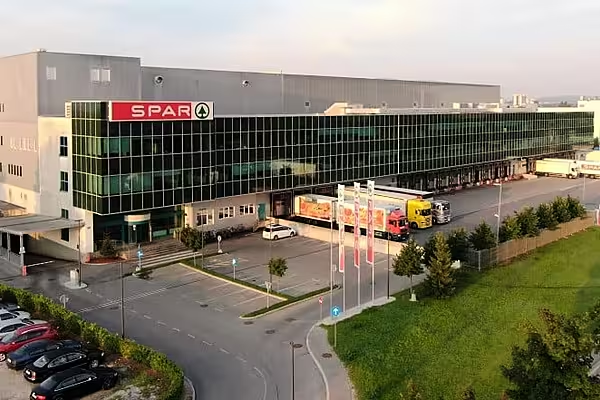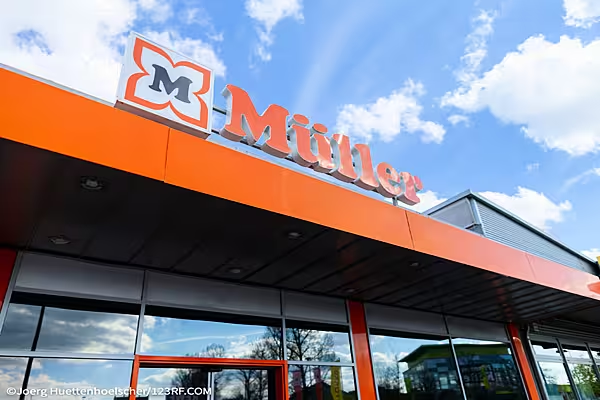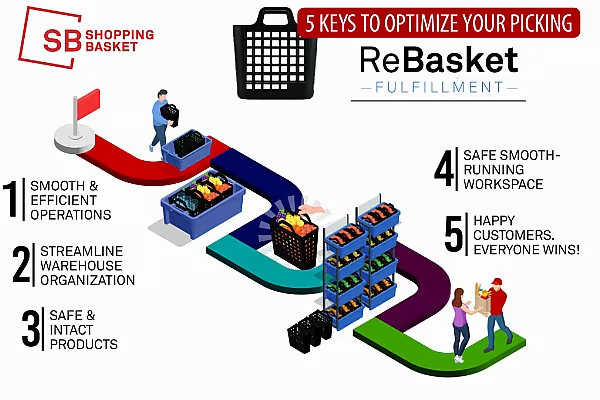The first thing online clothing reseller ThredUp did after clinching a new round of funding last year? Hunt for strategic warehouse space to get the goods to its customers as fast as possible.
Amazon.com has spoiled them for anything less.
Within six months, ThredUp's chief executive officer, James Reinhart, had signed leases on two additional warehouses. The newest facility, outside Atlanta, is now being filled with inventory. The 150,000-square-foot space is ThredUp's gateway to the southeastern U.S., an operations hub where the secondhand clothes are received, inspected, sorted, stored on racks, and then packaged and shipped out the back door.
The new need for speed means retailers need more warehouses in more locations. Early on, ThredUp had only one warehouse, in California.
"It took forever to get stuff to the East Coast," said Reinhart, 37. "It used to suck for that customer."
Over the past year, prime warehouse rents are up 9.9 percent across the U.S. and up by double-digit amounts in some large urban areas, according to a recent report. In some cities, surging demand has helped set off a speculative-building boom unlike anything in recent memory. In the first three months of the year, warehouse developers in the Chicago area broke ground on more speculative projects than in any quarter during the past two decades, according to Ryan Bain, a vice president at CBRE Group. There are currently 28 warehouse users in the market for 18 million square feet of space, triple the available supply, Bain said.
E-commerce alone is responsible for 20 percent of the current demand, according to Eric Frankel, an analyst at Green Street Advisors, helping to drive the spike in construction despite retail sales growth that has been slower than in previous economic expansions. Space close to population centers has become an especially hot commodity as startups compete for space with such shippers as FedEx and traditional retailers like Macy’s pursue the dream of same-day delivery.
Much of the warehouse craze is a reaction to a single player. Amazon has built a massive network of distribution centers as the muscle behind its reeducation of the American consumer. Shoppers have gotten used to short shipping times when ordering from the retail giant's vast inventory of goods, forcing traditional retailers alike to build out online platforms and the capability to ship to consumers directly from brick-and-mortar stores.
“For the past 30 years, supply chains have been cost centers,” said Karl Siebrecht, chief executive of Flexe, a three-year-old company that styles itself the Airbnb of warehouse space. “Amazon came in and turned supply chains into a growth weapon. Now the whole retail industry is trying to keep up.”
The dynamic has helped turn a mundane corner of real estate into a hot property.
“They are boring,” said Anthony Pricco, a principal at the Chicago-based builder Bridge Development Partners, of his company’s buildings. “We do tours with our capital partners, and after the third one their eyes start to glaze over. But cash flow is sexy, and these things tend to do pretty well.”
In Dallas, a handy location for reaching customers in the fourth-largest U.S. metro area, as well as for shipping to customers elsewhere in the fast-growing state, more than 14 million square feet of warehouse space is under construction on spec, according to CBRE. That number doesn’t include build-to-suit construction, in which the user of the space hires a developer to build a site to its specification. In Kansas City, speculative builders completed 3 million square feet of space after building just 155,000 square feet in 2012.
From the beginning, ThredUp's Reinhart looked to cut down on shipping times, but it's expensive to build that kind of distribution network. Previously, retailers set up one or two large centers in the middle of the country to store and ship their products. Now they're looking for smaller spaces in more places. Reinhart's chief operating officer viewed 20 buildings in the Atlanta area before picking the one ThredUp would lease. Problems ranged from lack of Internet access to a dearth of public transportation for workers.
"Finding really good space is always a challenge," said Reinhart, who is already analyzing data in a search of his next location.
Amid the growth, a new model of the modern warehouse has emerged. In decades past, when distribution centers were used to ship pallets of boxes to brick-and-mortar stores, ceilings topped out at around 24 feet. Go back further and the standard warehouse was a brick building near a seaport or railyard, the kind of structure developers are currently remodeling as startup office spaces and luxury lofts.
These days, some developers are building warehouses with 40-foot clearances to accommodate tall racks of shelves from which workers can pick products to fulfill customer orders. Some new construction comes with 2,000 parking spaces, or more, to accommodate the armies of workers brought on during the holiday rush.
“For 50 years, the warehouse development business was simple. You would build one exit farther out on the Interstate, and then you would just buy the next farmer’s land,” said Philip Hawkins, chief executive of DCT Industrial Trust, a Denver-based builder. Tenants were focused on price per square foot and didn’t mind driving a few extra miles, Hawkins said. Today they want to be closer to city centers, where large tracts of land can be harder to come by, driving up costs.
Optimistic companies overextended themselves in the last economic cycle, leaving many in dire condition when growth screeched to a halt. In the current building boom, developers are doing a better job of matching new supply to existing demand, said Sam Chandan, president of Chandan Economics, a provider of real estate data and analysis. Still, developers now building spec projects could end up holding unwanted properties if the economy were to cool down.
“A big piece of this is that there’s just more packages moving around,” Chandan said. “But if you’re starting a construction project now, you run the risk of being done at the worst possible time.”
News by Bloomberg, edited by ESM. To subscribe to ESM: The European Supermarket Magazine, click here.














